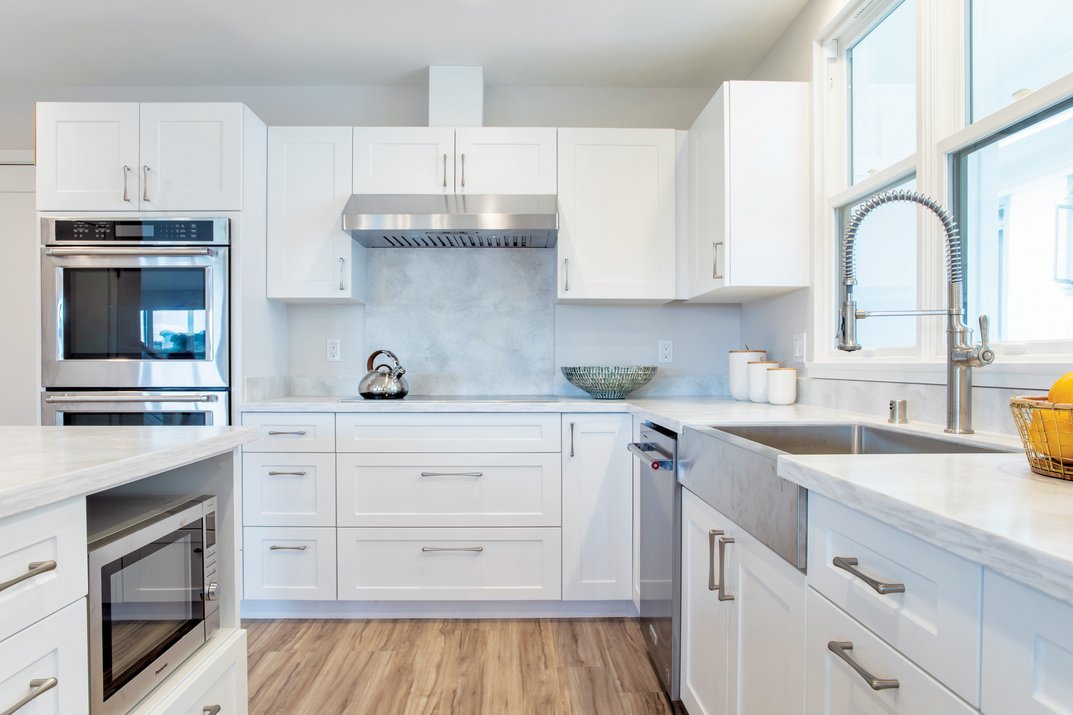
It isn’t really surprising that the vast majority — almost 92% — of senior citizens hope to spend their golden years in their own homes, in familiar surroundings with people they love.
But the United States is short of aging-ready homes, with just 40% of American houses being considered adequate for the basic needs of older adults, according to a United States Census Bureau report. At a minimum, homes for aging in place must have a step-free entryway, a bedroom and bathroom on the first floor, and an accessible bathroom — features that allow for independence.
“If you want to build or renovate a home that is carefully and deliberately designed to meet your evolving needs as you age, it’s a good idea to consult with a CAPS (certified aging-in-place specialist) professional,” says Ryan Graham, vice president of operations at Graham Builders in Honolulu.
Aging-in-place expert
Trained by the National Association of Home Builders, Graham and his fellow CAPS professionals understand the unique needs and challenges of older adults and individuals with disabilities. The team approaches construction and renovation with customized solutions for improving a home’s accessibility, safety and comfort.
“One of our primary goals is enhancing a home’s safety, based on the needs and circumstances of the people who will live there,” Graham says. “We consider mobility, sensory and cognitive requirements, and try to anticipate future needs as well.”
With three CAPS on its team — Graham, head designer Malia Yee and president Evan Fujimoto — Graham Builders offers decades of success designing and building safe, comfortable, beautiful homes for island residents.
Priorities
For most families, prioritizing renovations according to budget is an important consideration.
“Invest in areas in which changes will have the biggest impact on safety, accessibility and quality of life,” Graham says.
Since accidents and falls are most likely to occur in bathrooms, these areas are generally given the highest priority. Grab bars, non-slip flooring, improved lighting, and walk-in showers and tubs are all options to consider.
Enhanced accessibility in kitchens might include countertops at lower heights, pull-out shelves and drawers, and under-cabinet lighting.
“Most designs include wider doors and hallways, easily accessed light switches, no-step entryways, open floorplans, ramps and chairlifts, and slip-resistant flooring materials,” Graham adds.
Storm-specific renovations might include the installation of hurricane-resistant windows and reinforcement of roofing structures. Functional windows, ceiling fans, sunshades, pergolas and awnings help keep island homes cool, while solar panels can help reduce electricity costs. All of these options aim to make aging in place more affordable.
“Last but not least, outdoor spaces can be made accessible with pathways, ramps or lifts,” Graham says. “Kupuna who love their lanais, gardens and patios should be able to continue to enjoy them.”
Founded in 1990, Graham Builders remains the only local general contractor honored with Better Business Bureau Hawaii’s Torch Award for Small Business Ethics. The firm’s next free Building Your Home for Life seminar is on May 4. Register at grahambuilders.com or call 808-593-2808.
GRAHAM BUILDERS
Contact
808-593-2808
Web
grahambuilders.com
See more articles from: Graham Builders